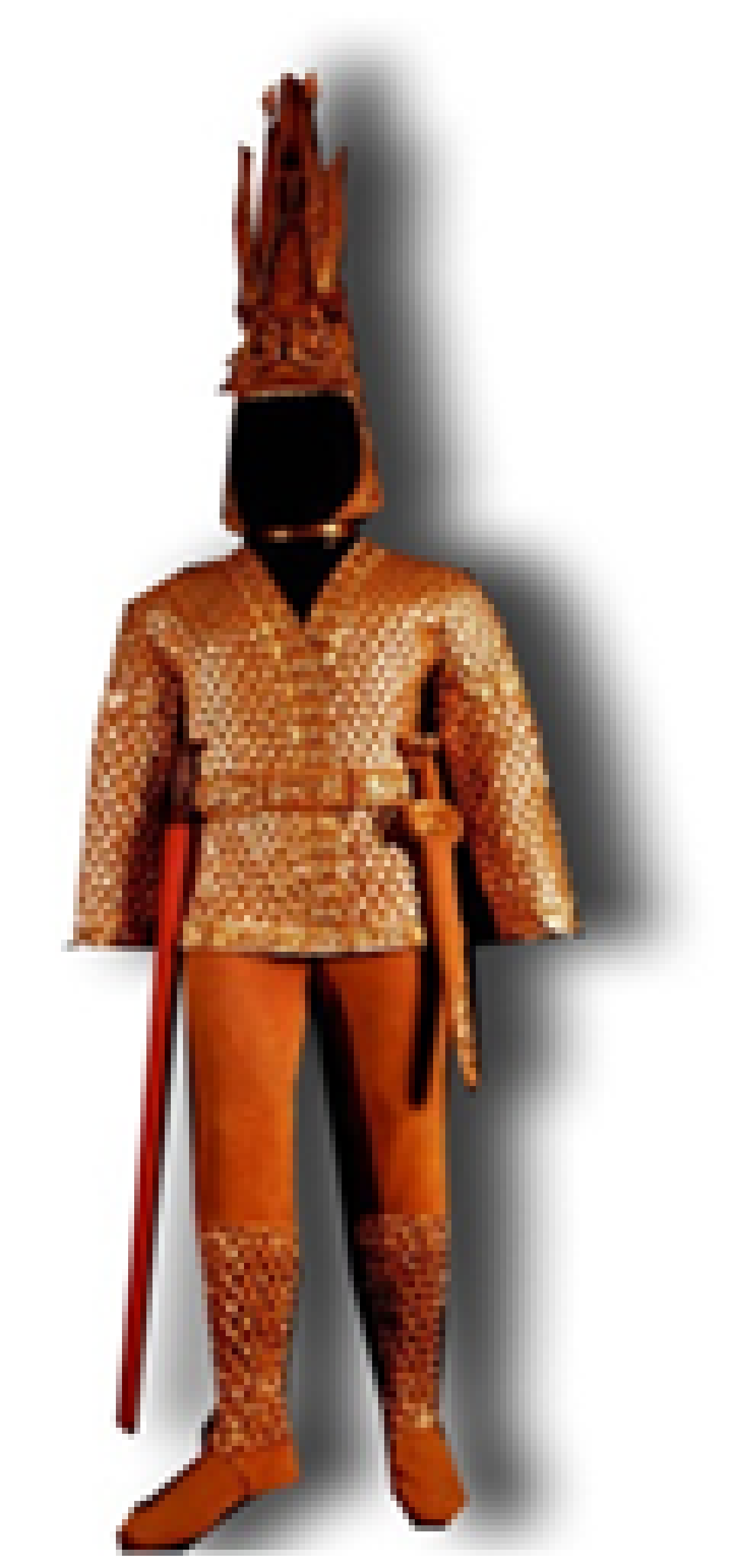
The archeology institute of A.Kh.Margulan is famous for the legendary expeditions which have become already which have begun large-scale and even epoch-making researches. The people directing the first Kazakhstan expeditions, left a bright trace in country science, in destiny of Institute and archeologists who became today recognized experts.
Under the leadership of known ученогоА.Х. Margulana since 1945 worked the first archaeological expedition – Central Kazakhstan. Its researches served as a basic point of studying of begazy-dandybayevsky culture. Expedition revealed, surveyed and studied parking of an era of a neolith and энеолита, settlements and burial grounds of andronovsky and begazy-dandybayevsky cultures, funeral constructions of 1 millennium BC, barrows of Turkic time, medieval ancient settlements and settlements.
In 1957 in Saryarka's territory researches of group on studying of monuments of an era of early nomads led by M.K.Kadyrbayev as a part of the Central Kazakhstan archaeological expedition began. Special value was gained by a material received during research of a burial ground of Tasmol. As a result M.K.Kadyrbayev allocated tasmolinsky rannesaksky archaeological culture.
Iliysky archaeological expedition (further Semirechensky) led by K.A.Akishev was organized in 1954. During the first season expedition found a huge congestion of kurganny burial grounds of an era of juice and usuny, generalization of which materials of excavation formed a basis of the serious monograph, unique materials of researches of barrows Besshatyr were introduced into scientific circulation.
In 1957 the group on studying of monuments of the Stone Age near ridge Small and Big Karatau whom H.Alpysbayev directed was organized. Scientists managed to reveal shelsko-acheulian locations and monuments of the mustyersky period. It is possible to call classics of archeology of the Stone Age of Kazakhstan Paleolithic parking of a name of Shokan Valikhanova on the right river bank of Arystanda. Nizhnepaleolitichesky monuments are revealed in lower reaches of river of Shue. Known Kazakhstan scientist A.G.Medoyev found stone tools of the Siberian paleolith in Northern Pribalkhashye. For studying of the bottom paleolith of Kazakhstan Koshkurgan's having reliably pro-dated stratigrafichesky context the parking has great value. It was proved that in the Southern Kazakhstan there are monuments of an era of the bottom paleolith.
Defining for archeology of an era of bronze of the Euroasian belt of steppes appeared the issledovaniyazhezkazgansky metallurgical center the major role in which played K.I.Satpayev as the president of AN KAZSSR who has given powerful support.
One of objects of the Southern Kazakhstan archaeological expedition was the Otyrarsky oasis. Result of works of YuKAE was inspection, mapping and chronology of big group of ancient settlements and settlements in the Otyrarsky oasis, on Karatau's northern slopes, in Syrdariya's valley. Systematic systematic and detailed studying of an oasis and its hydraulic engineering constructions was undertaken by Otrarsky archaeological expedition under the leadership of K.A.Akishev. In 40 years ancient settlements Otyrar, Kuyryktobe, Kokmardan, Altyntobe, etc. (hands were studied. academician Baypakov K.M. ) .
Significant not only for archeology of early nomads of Kazakhstan and all Great belt of steppes of Eurasia, but also for culture studying номадов as a whole, there was an opening of not plundered burial by K.A.Akishev and B. Nurmukhanbetov in a barrow Issyk finds from which were used subsequently for creation of the state symbols of Independent Kazakhstan. The unique works of jeweler art testifying to a high level of development of ancient nomads, were found casually in 1988 in the Kegensky region of Almaty area – Zhalaula.
In the first years of Independent Kazakhstan in the territory of the new state archeologists could continue works: since 1992 the Kazakh-Russian expedition which carried out collaborations in the territory of Russia and Kazakhstan within the "Palaeoecology of the Ancient Person and Initial Development of the Euroasian Continent" program worked. From 1995 to 2000 expedition together with the International Kazakh-Turkish university of H.A.Yasaui and the Kazakh state national university of al-Farabi the project "A paleolith of an arid zone of Kazakhstan was implemented: periodization and chronology", result of that was opening of the new locations relating to early, average and late stages of a paleolith, the data acquisition, characterizing processes of settling by the ancient person of the territory of Central Asia in a pleistocene.
In 1993 the Kazakh-French expedition on studying of rock drawings of Kazakhstan, with participation of experts from Institute of archeology, Kazproyektrestavratsy Institute, the National center of scientific researches of France worked. Preparation of materials of the Case of petroglyphs of Kazakhstan was the main objective of expedition.
In 1997-1999 in East Kazakhstan the international expedition with the assistance of employees of archaeological mission of France in Central Asia and the research center of Italy of Ligabuye worked. Studying of monuments of ancient nomads of the Kazakhstan Altai was the main objective of expedition, result of that was opening of a barrow of the representative of nomadic elite with a permafrost lens (Berel), studying of barrows of a rannesaksky era (Mayemer) (hands. д.и.н. Samashev Z.S. ) .
Significant results were reached by the Kazakh-American expedition identification of processes of evolution from the settlement to urbanism in the Talgarsky region, captured the period from juice before the Middle Ages was which main objective.
The largest expeditions working in recent years, captured the territory of all Kazakhstan: Semirechensky complex archaeological expedition (K.A.Akishev), Southern Kazakhstan complex archaeological expedition (K.M.Baypakov), Central Kazakhstan archaeological expedition (Zh.K.Kurmankulov), Kazakhstan novostroyechny archaeological expedition (L.B.Erzakovich), West Kazakhstan archaeological expedition (Z.Samashev), North Kazakhstan archaeological expedition (M.K.Habdulina), East Kazakhstan archaeological expedition (Z.Samashev), Turkestani archaeological expedition (E.A.Smagulov), Saryarkinsky archaeological expedition (A.Z.Beysenov), Arch of archaeological monuments of Kazakhstan (V.A.Groshev), Merkensky archaeological expedition (A.M.Dosymbayev), Almaty novostroyechny archaeological expedition (B. Nurmukhanbetov). In the nineties works of these expeditions captured 115 archaeological monuments.
